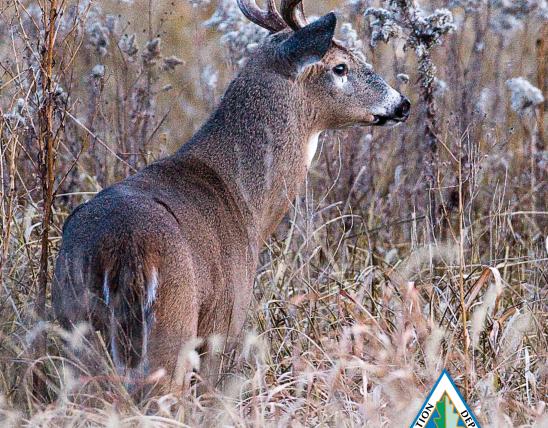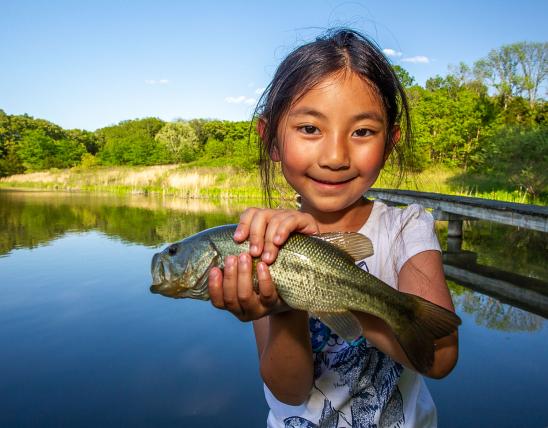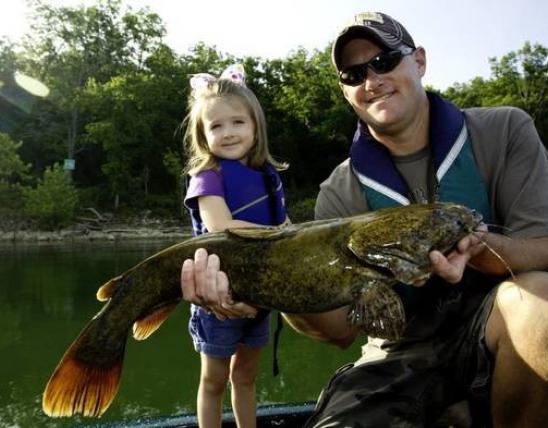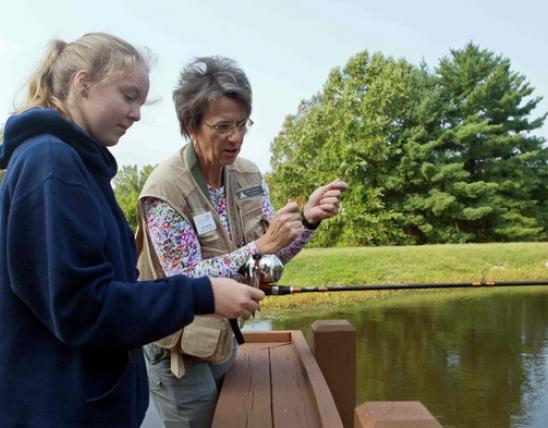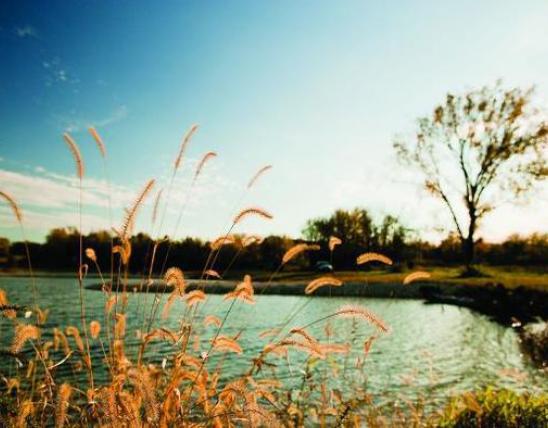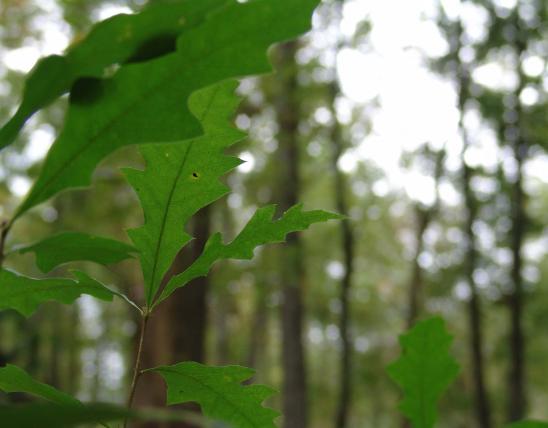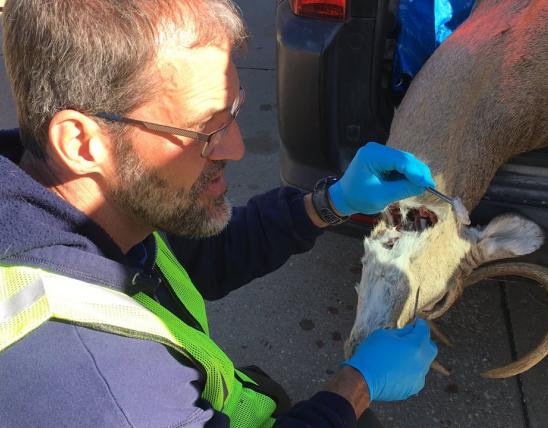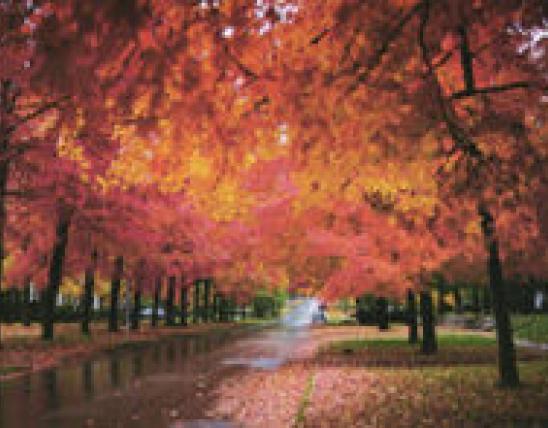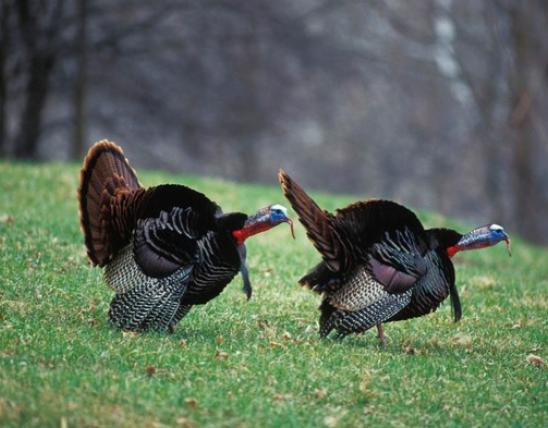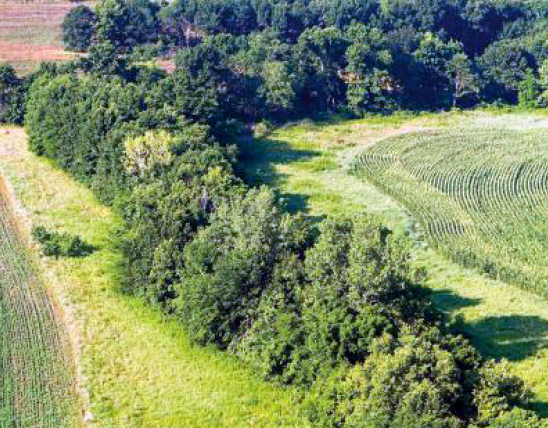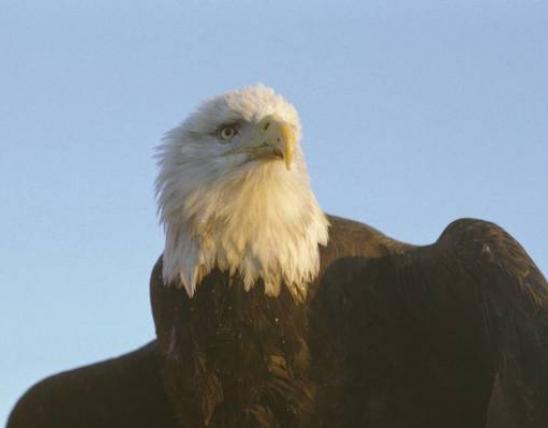Aquatic Invertebrates
Media
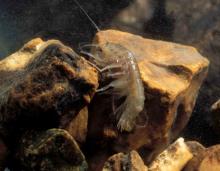
Species Types
Scientific Name
Species in the crustacean order Amphipoda
Description
Often overlooked by people, but eagerly sought by fish, Missouri’s amphipods resemble shrimplike sowbugs. Scuds live in various aquatic habitats, and several species inhabit caves.
Media
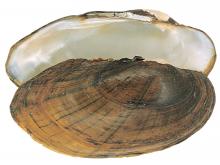
Species Types
Scientific Name
Lampsilis siliquoidea
Description
The fatmucket was a favorite species harvested for the button industry in the early 1900s.
Media

Species Types
Scientific Name
Quadrula quadrula
Description
The mapleleaf spawns in the summer, using catfish as a host.
Media

Species Types
Scientific Name
Utterbackia imbecillis
Description
Unlike most other freshwater mussels, this species is hermaphrodic: An individual mussel can be both male and female.
Media

Species Types
Scientific Name
Lampsilis cardium
Description
The plain pocketbook is one of the most common and widespread mussels in our state. It is oval, relatively large, and occurs frequently.
Media
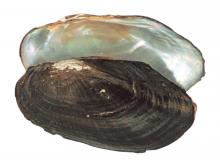
Species Types
Scientific Name
Ligumia subrostrata
Description
This widespread species is one of the few Missouri mussels successful in shallow ponds and lakes.
Media
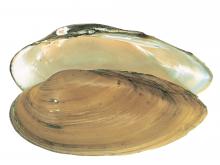
Species Types
Scientific Name
Lampsilis teres
Description
The uniform shell thickness and hard, white nacre made this mussel a favorite for button manufacturing, in the days before most buttons were made of plastic.
Media

Species Types
Scientific Name
Bivalve molluscs in order Unionoida
Description
Secretive and seldom seen, freshwater mussels are extraordinarily diverse in Missouri. We have nearly 70 species within our borders. Many are declining, and several are endangered.
Media

Species Types
Scientific Name
Over 20 Missouri species in former subclass Prosobranchia
Description
Gilled snails are one of two main groups of aquatic snails in Missouri (the other group is the "lunged" snails). Gilled snails, or prosobranchs, breathe with gills and possess a hard trapdoor-like operculum. They are most common in the Ozarks.
Media
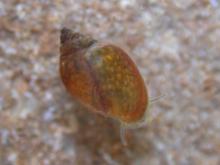
Species Types
Scientific Name
Over 30 Missouri species in former subclass Pulmonata
Description
Pulmonate, or lunged snails breathe via a lunglike pulmonary cavity, and they lack the hard trapdoor-like operculum found in gilled snails. Except for in the Ozarks, pulmonate snails predominate in most of the aquatic regions in our state.
See Also
About Aquatic Invertebrates in Missouri
Missouri's streams, lakes, and other aquatic habitats hold thousands of kinds of invertebrates — worms, freshwater mussels, snails, crayfish, insects, and other animals without backbones. These creatures are vital links in the aquatic food chain, and their presence and numbers tell us a lot about water quality.

